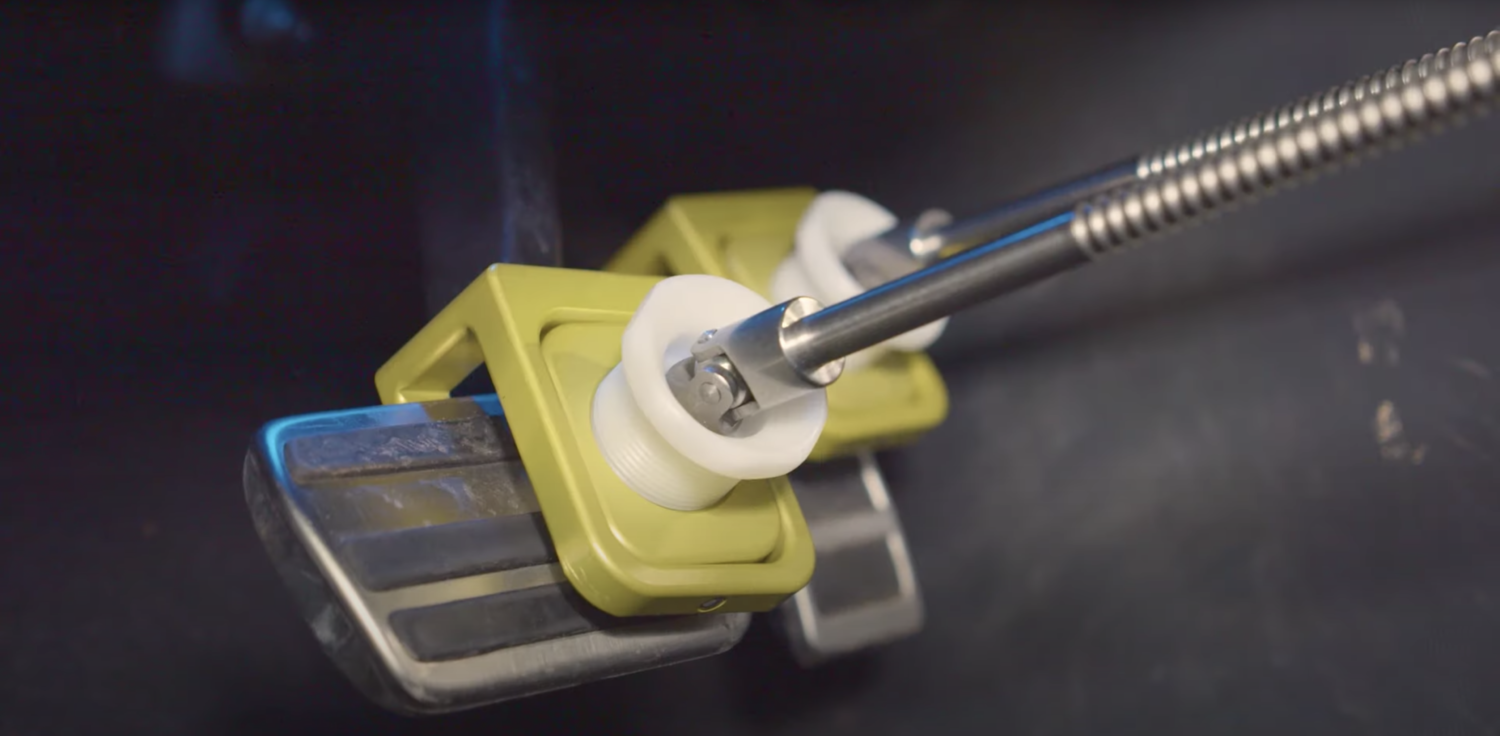According to Ford, its state-of-the-art Weather Factory in Cologne, Germany, has never been busier. Used to simulate a range of extreme conditions under one roof, it has enabled engineers to test vehicles in a way that is less affected by current travel limitations than real-world testing.
But Ford points out that so realistic are the simulated conditions, even the most experienced human test drivers may become tired or unwell, for example when undertaking altitude testing.
To help ease this burden, it has recruited two robot test drivers, nicknamed by the team as Shelby and Miles in reference to the company endurance racing legends of yore, to help take the strain, especially on altitude tests where a key requirement can be that the test is replicated perfectly multiple times.
The benefits are considerable. For example, with human drivers, wind tunnel testing – in particular at high simulated altitude – requires numerous safety protocols, such as having oxygen bottles, medical equipment and a paramedic on-site, while driver health is constantly monitored.
Each robot test driver is able to operate at temperatures ranging from -40°C to +80°C as well as at extreme altitudes – and can be set up and programmed for different driving styles.
The robots’ legs extend to the accelerator, brake and clutch pedals, with one arm positioned to change gear and the other used to start and stop the engine.
“These two new drivers are fantastic additions to the team, as they can take on the challenging endurance tests at high altitudes and in hot temperatures. Once the robot is in the driver’s seat, we can run tests through the night without ever having to worry that the driver will need a sandwich or a bathroom break,” remarked Frank Seelig, supervisor, Wind Tunnel Testing, Ford of Europe.


